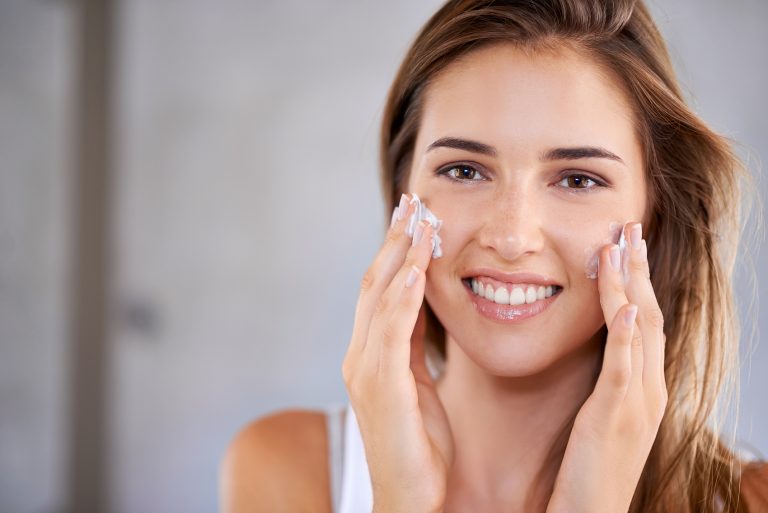Have you ever noticed fine lines and wrinkles showing up earlier than expected? While these are natural signs of aging that reflect a life well-lived, no one wants to look older than they really are. One of the main culprits behind early aging is oxidative damage.
Oxidative damage can lead to DNA changes and telomere shortening, speeding up the aging process. Beyond affecting appearance, it can also contribute to serious health issues. The silver lining is that there are many simple lifestyle changes you can make to reduce oxidative damage.
What Causes Oxidative Damage?
Oxidative damage occurs when free radicals, which are harmful molecules, outnumber the antioxidants in your body that fight them off. This imbalance can happen internally due to unhealthy lifestyle habits like consuming too many processed foods or sugars. Other common causes include sun exposure, smoking, and contact with toxins. We’re constantly exposed to various toxins through the air, water, and food, which can harm our organs, including the skin. These toxins can not only lead to oxidative damage but also cause other health problems like hormonal imbalances, nutritional deficiencies, and issues with the microbiome.
Avoiding toxins is key to maintaining clear and glowing skin. However, with the increasing amount of chemicals and toxins in our environment, avoiding them completely is a challenge. Pollutants in the air, pesticides, and other chemicals often find their way into our water supply through rain. These chemicals are then absorbed by the crops we eat and the animals we consume, which can concentrate these toxins in their bodies.
A specific group of toxins to watch out for are endocrine-disrupting chemicals (EDCs). EDCs are found in many everyday items, including our environment, food, water, and personal care products. They interfere with hormone functions, which can ultimately affect both the hormonal system and the skin.

How Oxidative Damage Affects the Skin
Oxidative damage in the skin is primarily caused by free radicals that break down collagen, leading to sagging, dullness, and uneven skin tone. External factors like pollution, harsh skincare products, and excessive sun exposure can make this damage worse, accelerating signs of premature aging.
As we age, our natural levels of antioxidants that help fight oxidative damage decrease. This is why maintaining a healthy diet and lifestyle becomes even more crucial. Eating foods rich in antioxidants is one of the simplest ways to support your skin and minimize the negative effects of oxidative stress.
Additionally, since our skin serves as a barrier, it’s directly exposed to environmental stressors like sunlight and pollutants. Too much sun exposure, in particular, generates free radicals in the skin. When these free radicals exceed the skin’s natural defenses, they cause oxidative damage and deplete important antioxidants like vitamins E and C.
Hyperpigmentation and Dark Spots
Hyperpigmentation and dark spots are common signs of sun damage and can also indicate internal disturbances.
Here’s a quick look at how this works:
- The epidermis is the top layer of the skin.
- The upper layer has flat cells called squamous cells, with basal cells underneath.
- Melanocytes, which reside in the epidermis, produce melanin—the brown pigment that gives skin its color and provides some protection against UV rays.
Increased melanin production often leads to hyperpigmentation, typically triggered by sun exposure, inflammation, free radicals, and hormonal changes. Oxidative stress from too much sun exposure can cause oxidative damage, which then leads to even more melanin production as the skin tries to protect itself. This, in turn, worsens hyperpigmentation.
Collagen Breakdown
Oxidative damage also accelerates the breakdown of elastin and collagen in the skin. Collagen makes up about 70 to 80 percent of the skin’s dry weight and provides structure, while elastin, though present in smaller amounts, is vital for skin elasticity. As we age, our bodies naturally produce less collagen, causing the skin to thin and lose elasticity. Excessive sun exposure can further speed up these changes, making the skin age faster, even as early as your twenties. While aging is inevitable, reducing oxidative damage through certain dietary and lifestyle changes can help slow the process.

How to Minimize Oxidative Damage
The most effective way to minimize oxidative damage is by making mindful choices about what we put into and on our bodies. This includes drinking clean water, eating healthy foods, using safe personal care products, and choosing other non-toxic items in your immediate environment.
Our diet plays a big role in nourishing our skin. To keep your skin clear and glowing, focus on consuming foods rich in:
- Skin-friendly fatty acids
- Antioxidants
- Probiotics and prebiotics
- Nutrients that boost collagen
- Cleansing and anti-inflammatory properties
These foods support your body’s natural detox pathways and can help reverse oxidative damage. Opting for fresh, local, and seasonal produce that’s high in nutrients can further protect against oxidative stress.
Another simple way to reduce oxidative damage is by using toxin-free skincare products. Remember, what you put on your skin is absorbed into your body, potentially increasing your exposure to toxins. In the U.S., safety testing for skincare ingredients is limited, with only 11 banned ingredients in personal care products. In contrast, the European Union has banned over 1,300 ingredients due to their toxic effects.
While it might seem difficult to avoid all sources of oxidative damage, making small, healthy changes in your daily routine can help you achieve glowing skin and better overall health. The journey isn’t about perfection—it’s about making conscious, positive choices that support your well-being.






